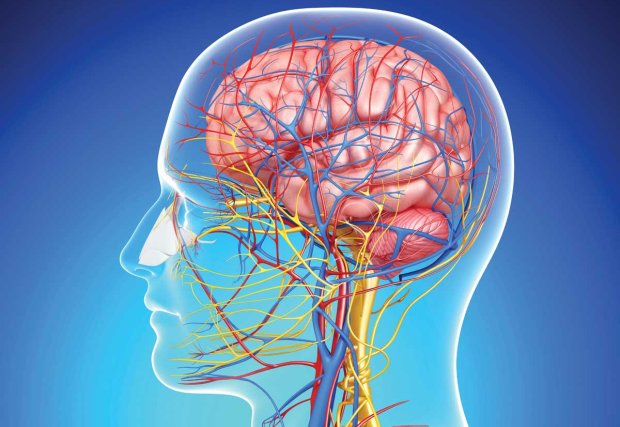Dedicated imaging provides more efficient diagnosis and intervention.
There are few things as urgent as a stroke. Once blood flow is compromised and oxygen is restricted by a clot, brain cells begin to die. Within Corona Regional Medical Center’s ER, a dedicated imaging suite reduces the time it takes to diagnose and treat those suffering from a stroke, impacting patients’ lives.
Immediate diagnosis
The process is swift. Once a stroke is suspected, explains Medical Director of Radiology Darice Liu, MD, the patient is taken directly for a non-contrast CT head study. It is immediately read by a radiologist.
“The radiologist’s quick interpretation allows for the ER doctor to distinguish between a hemorrhagic stroke and an ischemic stroke, and render the appropriate treatment plan. If an ischemic stroke is diagnosed, the patient may be transferred to a higher level of care where neurointerventionalists can use image-guided catheters and special devices to remove the offending clot,” says Dr. Liu. “In the best-case scenarios, the patient could recover with physical therapy and regain function.”
Imaging plays a less-crucial role at initial evaluation of heart attacks. A chest X-ray can confirm whether the heart has failed and if the lungs are not functioning well. If blockages are suspected, an interventional cardiologist will conduct an angiogram using image-guided catheters to locate the blockage. Special instruments are used to re-open the artery and place a stent to keep it open.
Not just for heart attacks and strokes
Heart attacks and strokes aren’t the only health crises that require prompt imaging and collaboration, says Dr. Liu. “If a patient comes in with an aortic aneurysm rupture, acute GI bleeding or acute trauma, they can be evaluated with contrast-enhanced CT angiograms which can be performed quickly with our scanner,” she explains. “These conditions can be life-threatening, but we can immediately diagnose the patient and begin treatment.”
Director of Diagnostic Imaging Randy Gray says that having dedicated equipment in the ER allows patients to be seen in a more timely manner. “Our goal is to efficiently accommodate, diagnose and treat our community members when they need it the most,” he says.

